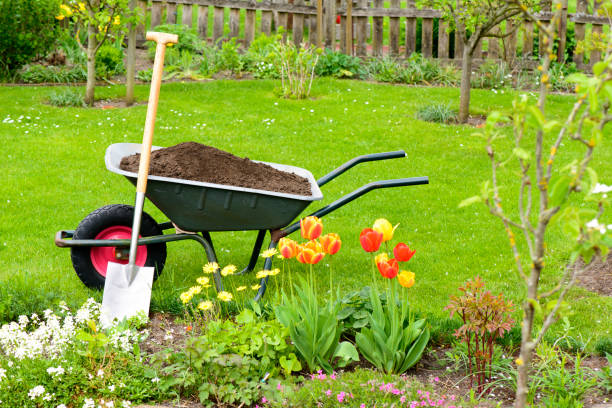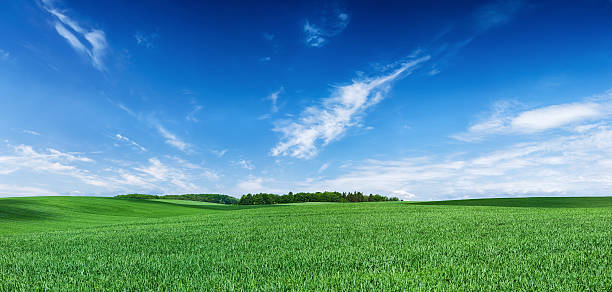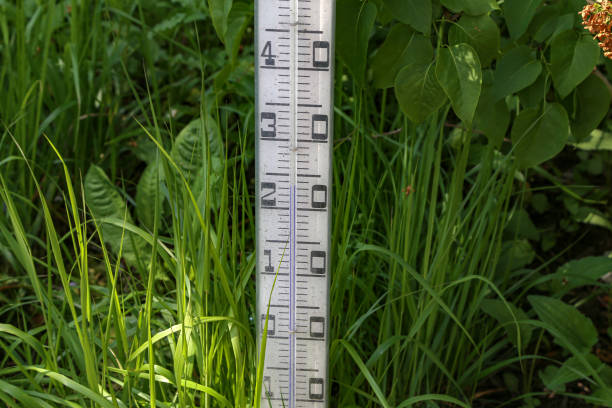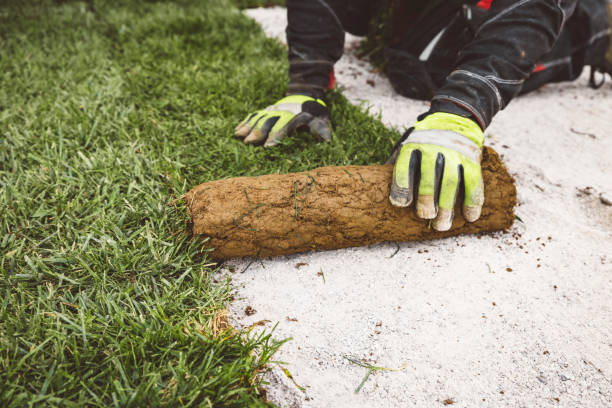How Much Does a Yard of Topsoil Weigh?
Topsoil plays a vital role in various outdoor projects, from gardening and landscaping to construction and engineering. One important aspect to consider when working with topsoil is its weight. Understanding how much a yard of topsoil weighs is essential for planning, transportation, and determining the quantity required for a project. In this article, we will explore the factors influencing the weight of topsoil and provide insights into its average weight.
1. Introduction
When embarking on outdoor projects that involve topsoil, such as creating a garden bed, filling in a lawn, or constructing a retaining wall, it’s important to have a clear understanding of the weight involved. Knowing the weight of a yard of topsoil allows you to make informed decisions and ensure the success of your project.
2. Understanding Topsoil
2.1 Definition and Composition
Topsoil refers to the uppermost layer of soil, typically found in the top six to eight inches of the ground. It is rich in organic matter, microorganisms, and nutrients that support plant growth. Topsoil is essential for healthy plant development as it provides the necessary nutrients and a suitable environment for roots to thrive.
2.2 Importance of Topsoil
Topsoil serves as the foundation for a variety of outdoor projects, ranging from small gardening endeavors to large-scale landscaping and construction projects. Its ability to retain water, provide nutrients, and support plant growth makes it a valuable resource.
3. Factors Affecting Topsoil Weight
Several factors influence the weight of a yard of topsoil. Understanding these factors is crucial for accurately estimating the weight and planning accordingly.
3.1 Moisture Content
The moisture content of topsoil significantly affects its weight. Wet soil is denser and heavier than dry soil. The water content can vary depending on weather conditions, irrigation practices, or recent rainfall. Moisture content is an essential factor to consider when determining the weight of topsoil.
3.2 Organic Matter
The presence of organic matter in topsoil also impacts its weight. Organic matter, such as decomposed plants and animals, adds weight to the soil. The percentage of organic matter can vary, affecting the overall weight of a yard of topsoil.
3.3 Soil Type
Different soil types have varying weights. For example, clay soil tends to be heavier than sandy soil due to its higher density. The composition of the soil affects its weight and should be considered when estimating the weight of topsoil.
4. Average Weight of a Yard of Topsoil
4.1 Weight Range
The weight of a yard of topsoil can vary depending on the factors mentioned above. On average, a yard of dry topsoil weighs around 2,000 to 2,700 pounds (900 to 1,225 kilograms). However, this range is an estimate, and the actual weight may differ based on the specific conditions of the soil.
4.2 Conversion Factors
It’s important to note that the weight of topsoil is commonly measured in pounds or kilograms. If you need to convert between the two, keep in mind that one pound is approximately equal to 0.45 kilograms, and one kilogram is approximately equal to 2.2 pounds.
5. Importance of Knowing Topsoil Weight
Understanding the weight of topsoil is beneficial for various purposes. Let’s explore some of the key reasons why knowing topsoil weight is essential.
5.1 Landscaping and Gardening
In landscaping and gardening projects, having an accurate estimate of topsoil weight helps in determining the quantity needed for filling garden beds, leveling uneven terrain, or enhancing soil quality. This knowledge enables efficient planning and prevents over or underestimation of topsoil requirements.
5.2 Construction and Engineering
Topsoil weight is also important in construction and engineering projects. When constructing foundations, embankments, or other structures, the weight of topsoil needs to be considered to ensure stability and proper engineering design. Understanding the weight helps in determining load-bearing capacities and calculating necessary reinforcements.
6. Methods to Measure Topsoil Weight
Accurately measuring the weight of topsoil is crucial for any project. Here are two common methods used to determine topsoil weight.
6.1 Weighing Equipment
One reliable method is using weighing equipment such as scales or load cells. With this method, you can directly measure the weight of topsoil by placing it on the scale or load cell. This approach provides precise measurements, especially for smaller quantities.
6.2 Estimation Techniques
If weighing equipment is not available, estimation techniques can be used. These techniques involve assessing the volume of topsoil and estimating its weight based on the average weight range mentioned earlier. Estimation may include visual inspection, measurements using standard containers, or referencing weight charts.
7. Conclusion
Understanding how much a yard of topsoil weighs is crucial for successful outdoor projects. Factors such as moisture content, organic matter, and soil type influence the weight of topsoil. By considering these factors and using appropriate measurement methods, you can accurately determine the weight of topsoil and plan your projects accordingly.
8. FAQs
Can I use a bathroom scale to measure the weight of a smaller quantity of topsoil?
Yes, you can use a bathroom scale for smaller quantities of topsoil. Ensure that the scale’s weight capacity can accommodate the amount of topsoil you intend to measure.
Does the weight of topsoil change over time?
Yes, the weight of topsoil can change over time due to factors like moisture content, compaction, and decomposition of organic matter. It’s essential to consider these factors when estimating the weight of your project.
How can I reduce the weight of topsoil for easier transportation?
To reduce the weight of topsoil, you can consider removing excess moisture by allowing it to dry or using specialized equipment to extract water. However, be cautious not to remove too much moisture, as it may affect the soil’s fertility and quality.
Is it necessary to measure the weight of topsoil before gardening projects?
Measuring the weight of topsoil is not always necessary for small-scale gardening projects. However, having a rough estimate can help you determine the quantity needed and ensure you have enough soil to support healthy plant growth.
Are there any alternatives to topsoil for gardening and landscaping?
Yes, alternatives to topsoil include compost, potting soil, and specialized blends designed for specific plant needs. These alternatives can provide the necessary nutrients and structure for plants to thrive in various gardening and landscaping projects.







